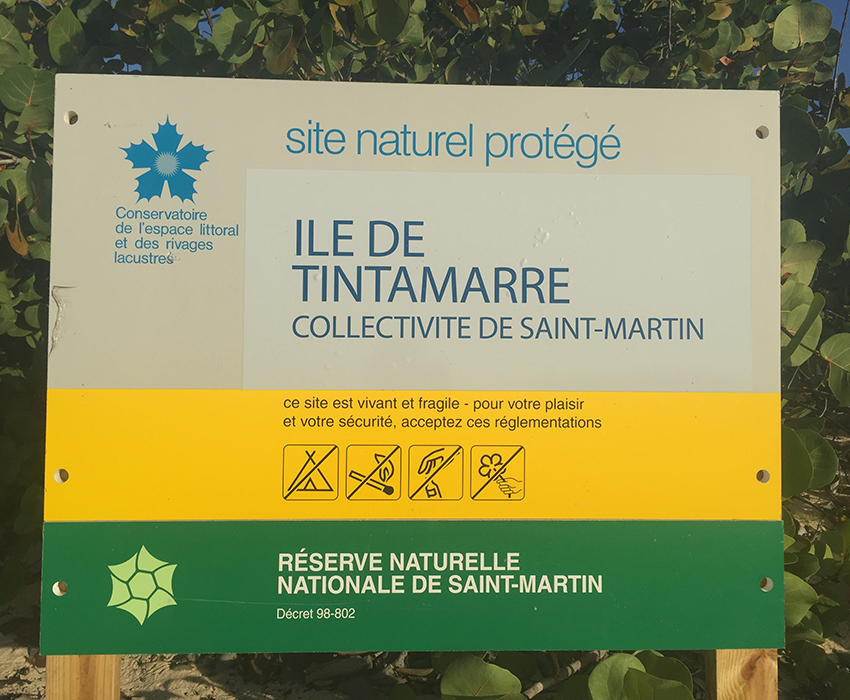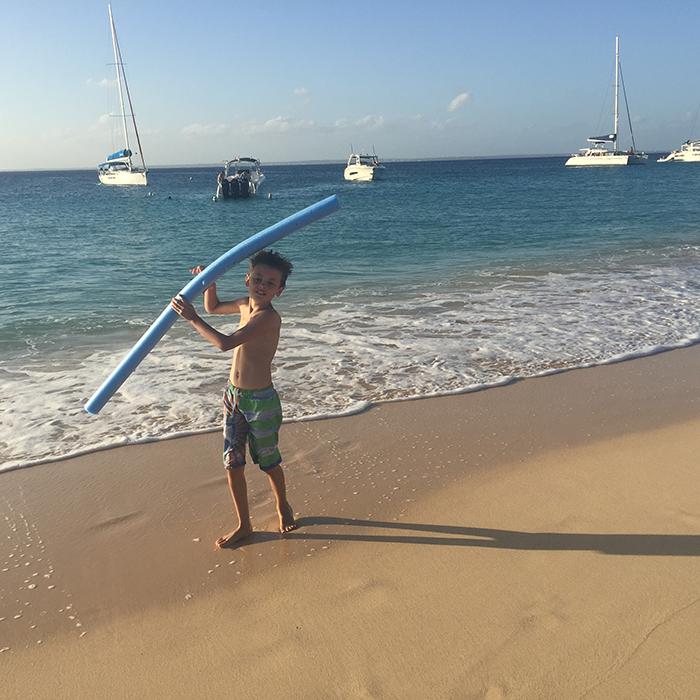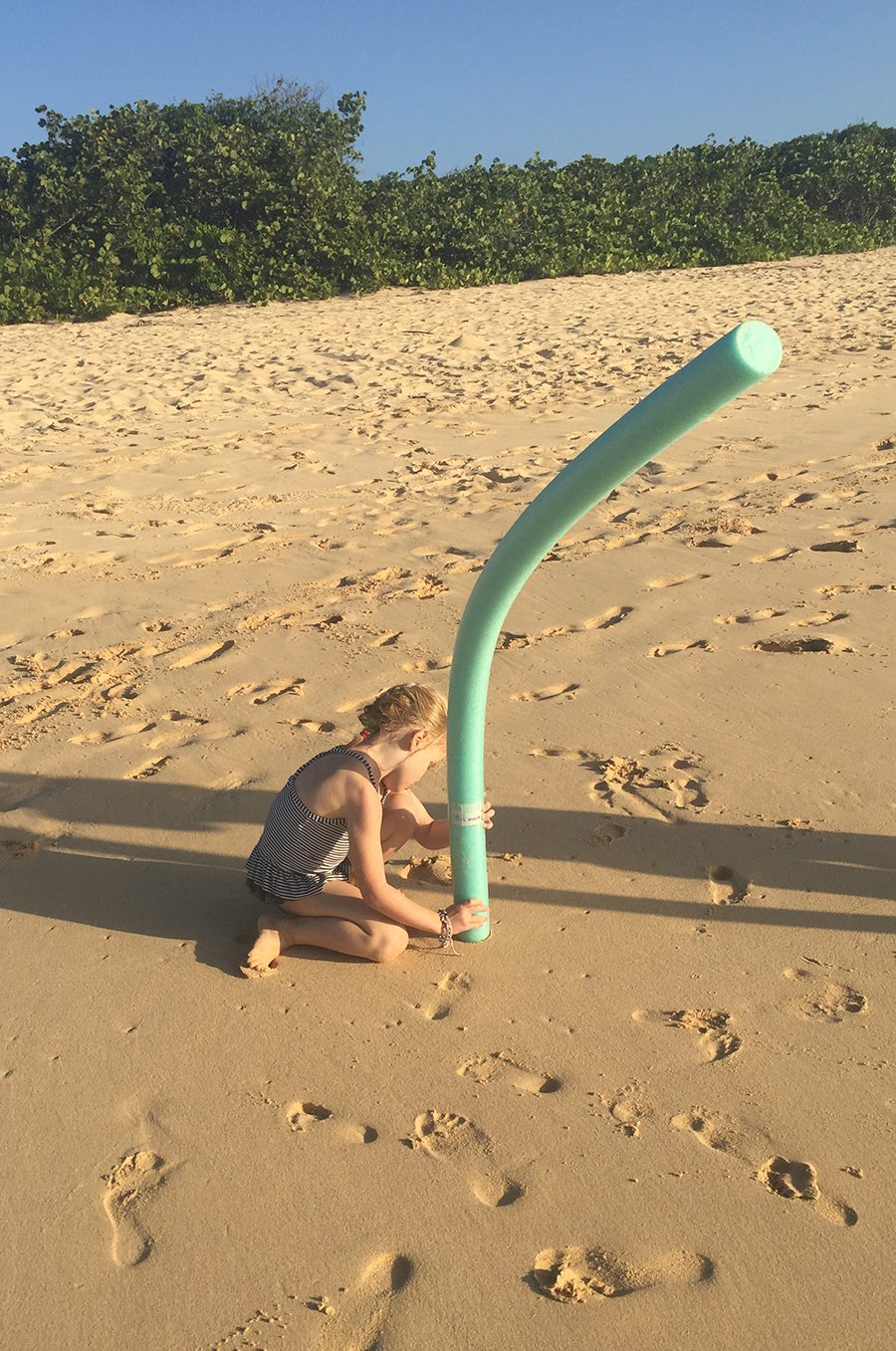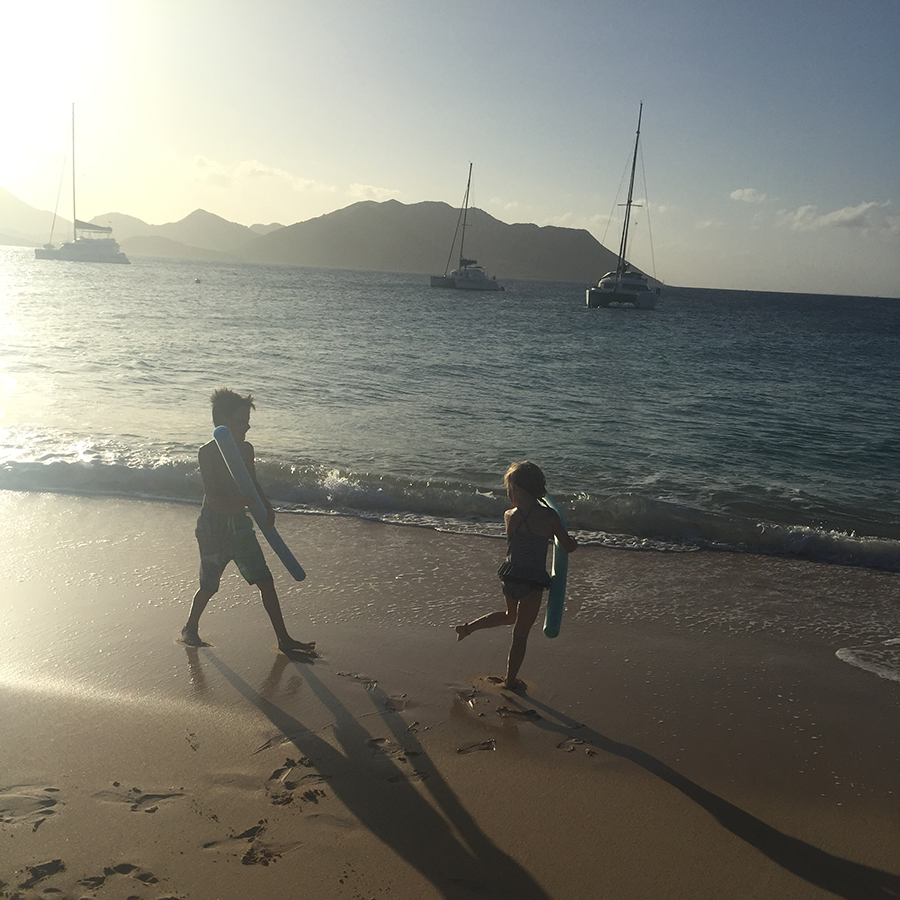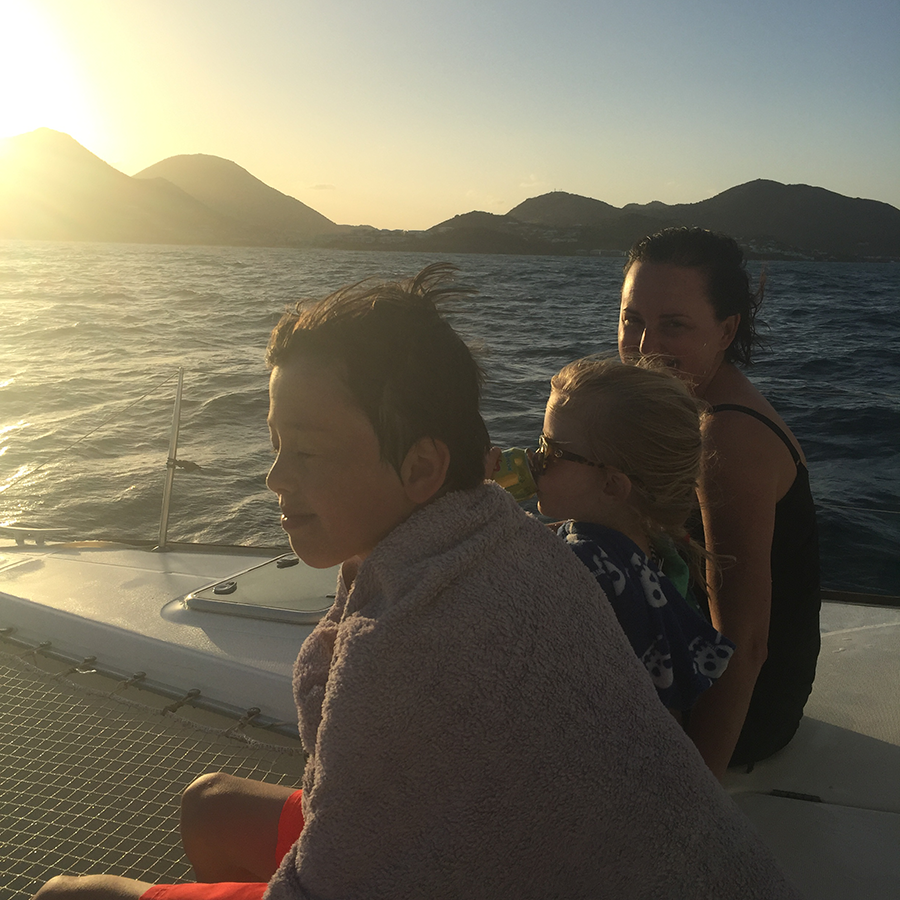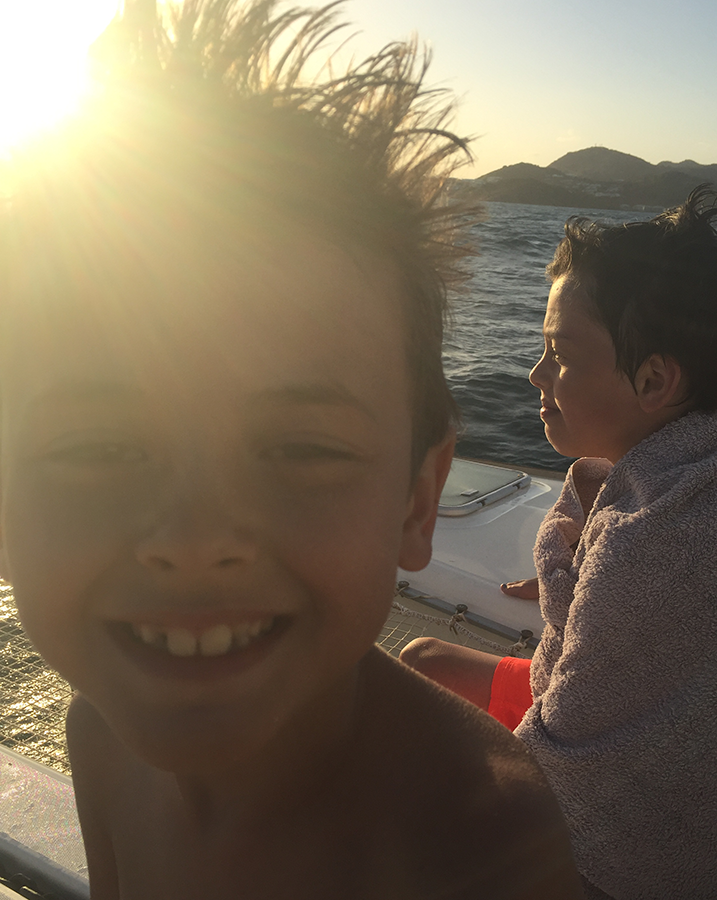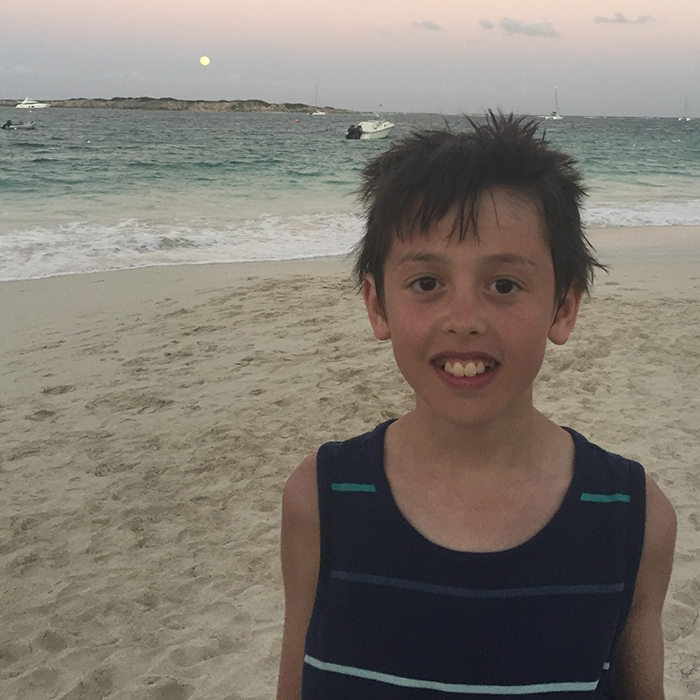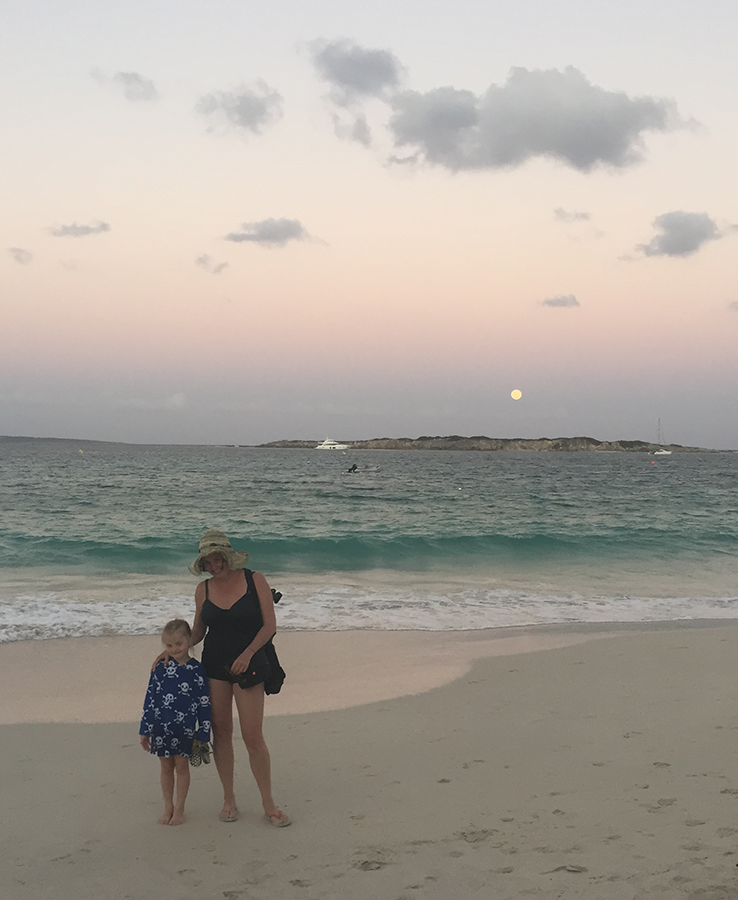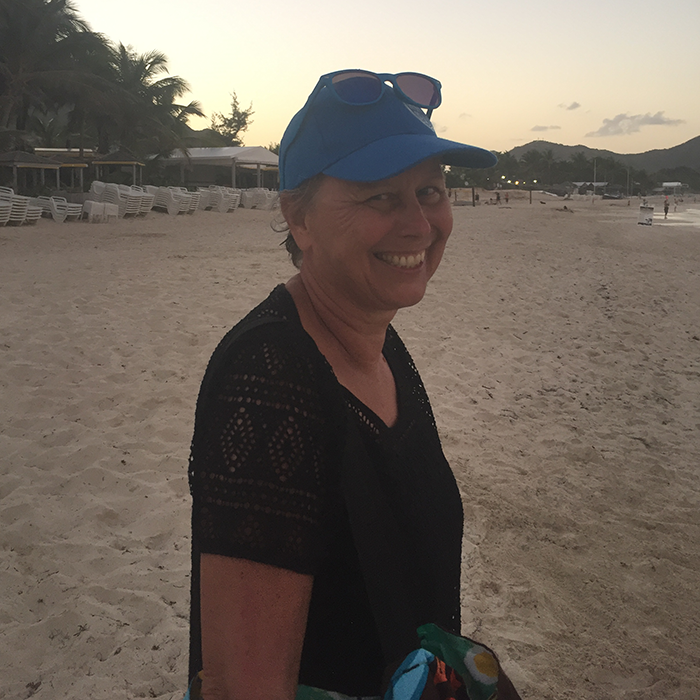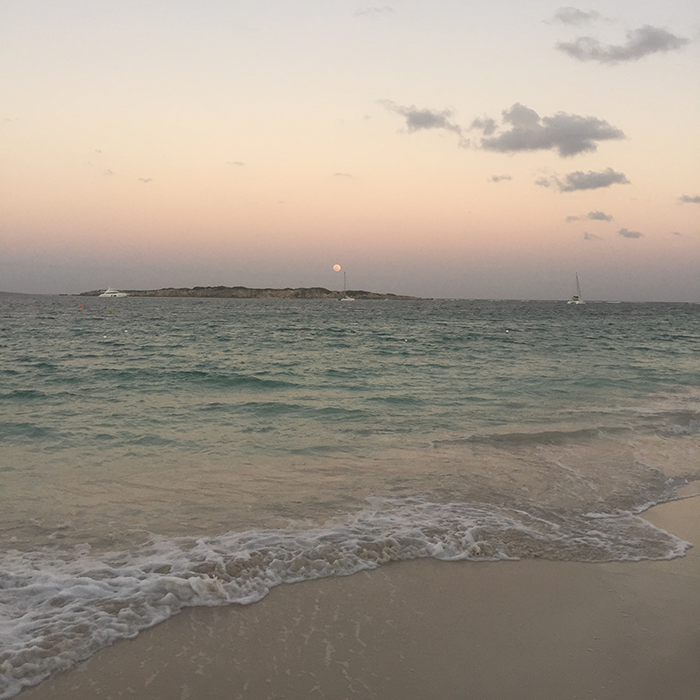Sailing St. Martin
JANUARY 25, 2016
We chartered a twin hull sailboat for the day, piloted by “The Captain!” as he insistently expected to be called. The plan was to spend the day touring the smaller islands off St. Martin’s French coastline on the northern half of the island.
Ilet Pinel
The journey started from within Baie Orientale, navigating the sailboat out amongst the kiteboards and yachts within the bay. We crossed Orient Bay to the small island just inside the bay’s wide entrance. Ilet Pinel - an island with rolling, grassy hills and walking paths - was a nature preserve with a couple more public beaches for tourists. The western side of the island preserve was home to Karibuni and Yellow beaches, where the remainder of the ilet was more remote, natural beaches and rocky shores. The hillside climbed away from the beach, with knee-high scrubby grass criss-crossed by paths. The island is a natural preserve, pocketed with grasslands and tropical enclaves. You could see north to the island country of Anguilla from a secluded bay on the north side.
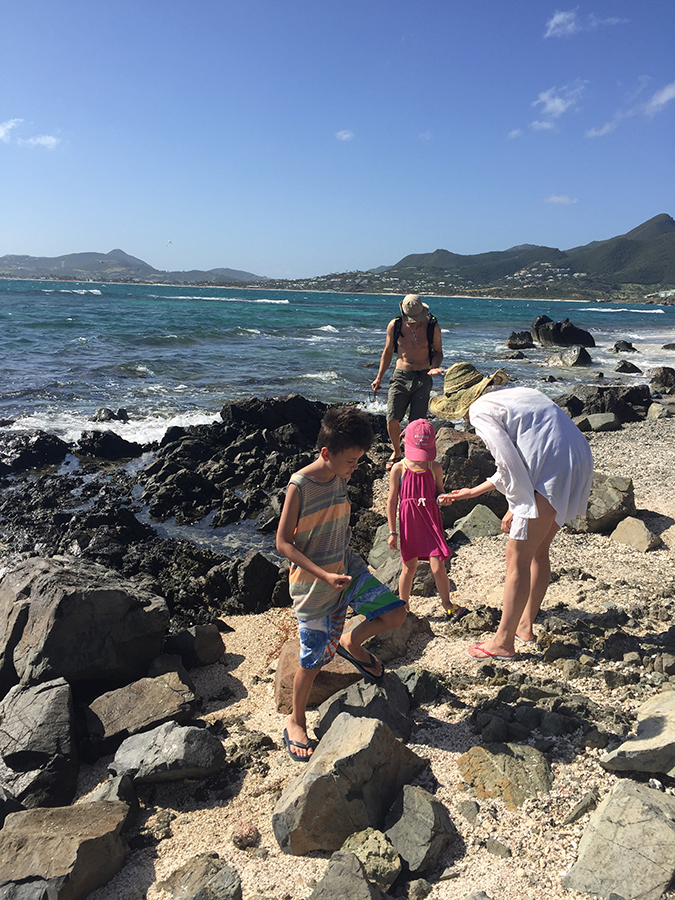
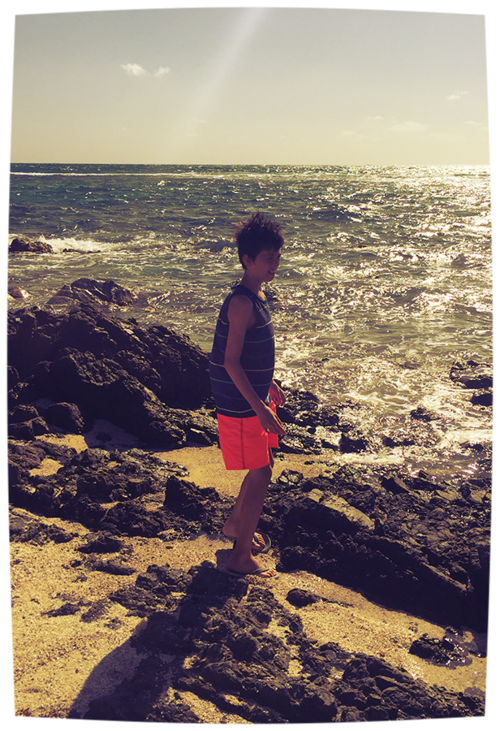
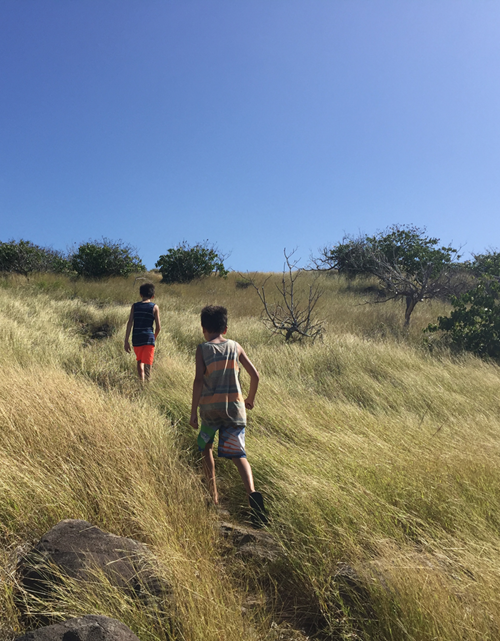
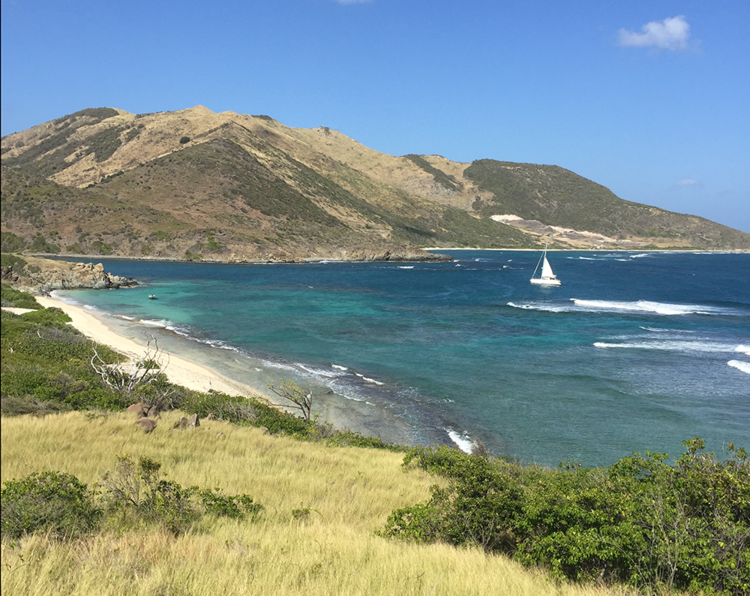
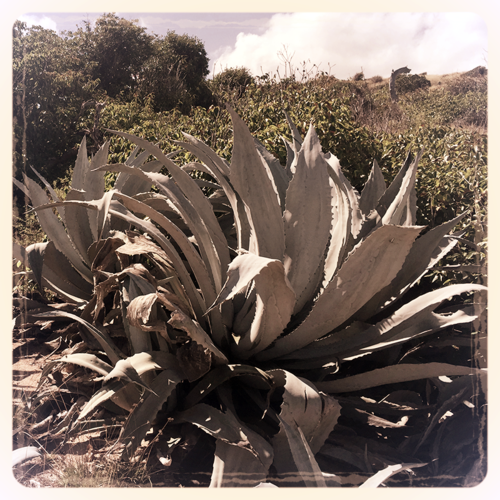
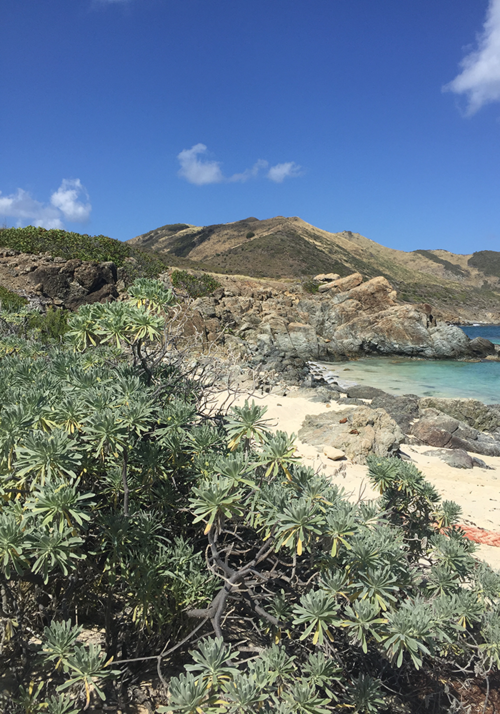
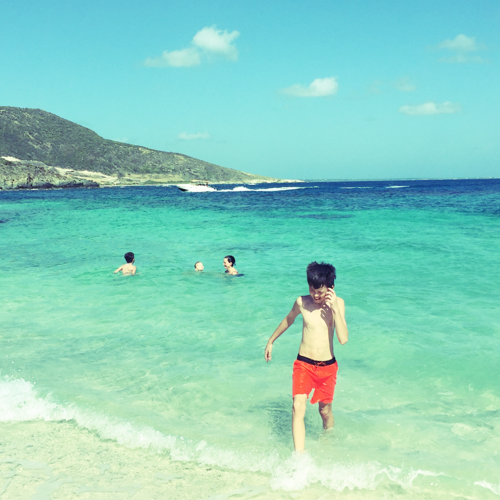
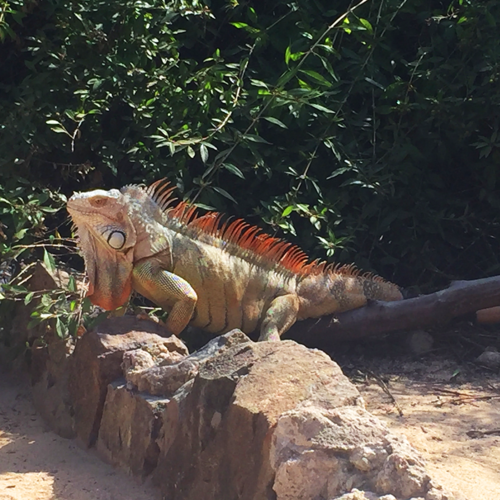
Creole rock
After our time on Ilet Pinel, we sailed around the north side of the island to Creole Rock, just northwest of Grand Case’s harbor on the French side. It is part of a protected seashore, and the rock itself is a bird rookery. The reefs around it are full of turtles, rays, barracuda, and varieties of beautiful reef fish, along with fire coral and long-spined sea urchins.
The youngest offspring tried his hand at snorkeling, since he’d been practicing in our rental’s pool. The Captain had full-face snorkel masks available for the kids. This did not go well. After pulling him around for a few minutes to look at the amazing reefs under the water, we realized his mask was filling with water and he was having a major freakout. The Captain thought he had been attacked by a shark.
Ah, vacation.
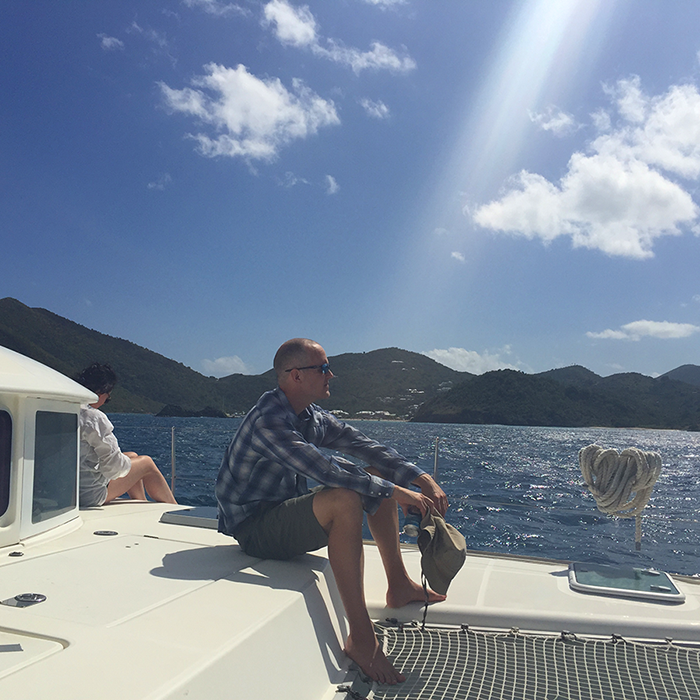
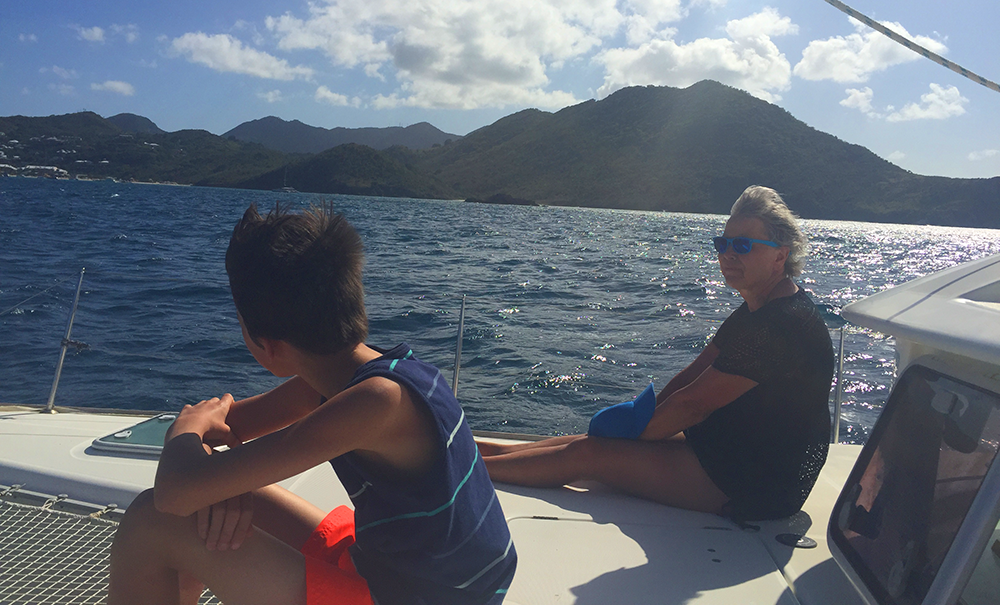
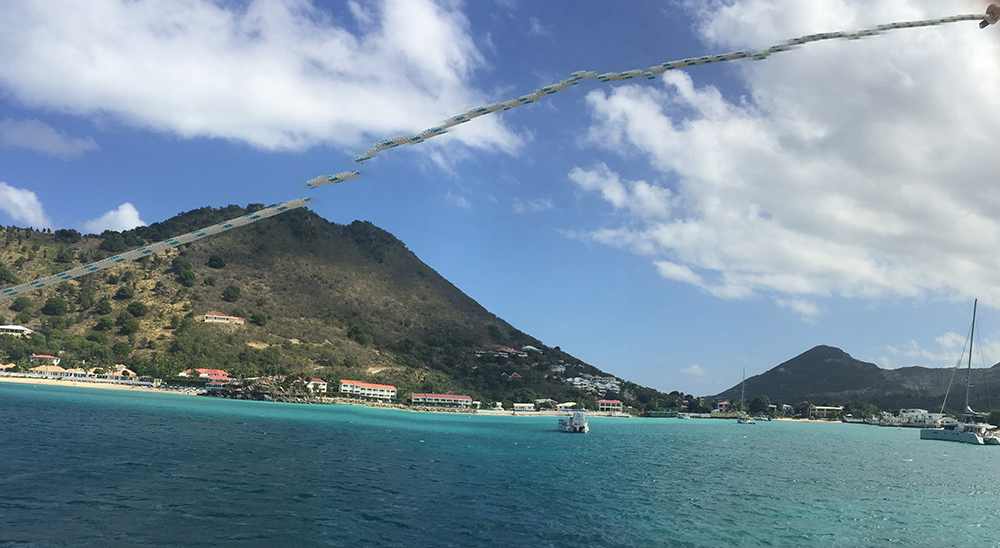
Ile de Tintamarre
Tintamarre is a natural preserve and an easternmost outlier of St. Martin.
The island was two disparate landscapes; the northern half was tall rocky cliffs surrounded by reefs built on bouldery outcroppings under the water. The reefs along the cliffs were full of amazing sea life. You could snorkel amongst the underwater outcroppings, looking for colorful tropical fish, barracuda, and hidden sea turtles.
The southern half of the island was more low-lying, with dunes, white sandy beaches and warm natural mud pools. About a hundred yards offshore from the beaches, the waters were full of sea grass, a haven for sea turtles casually swimming and eating.
We returned to Orient Bay at sunset, the moon already risen overhead, just in time for some dutch guavaberry rum.
